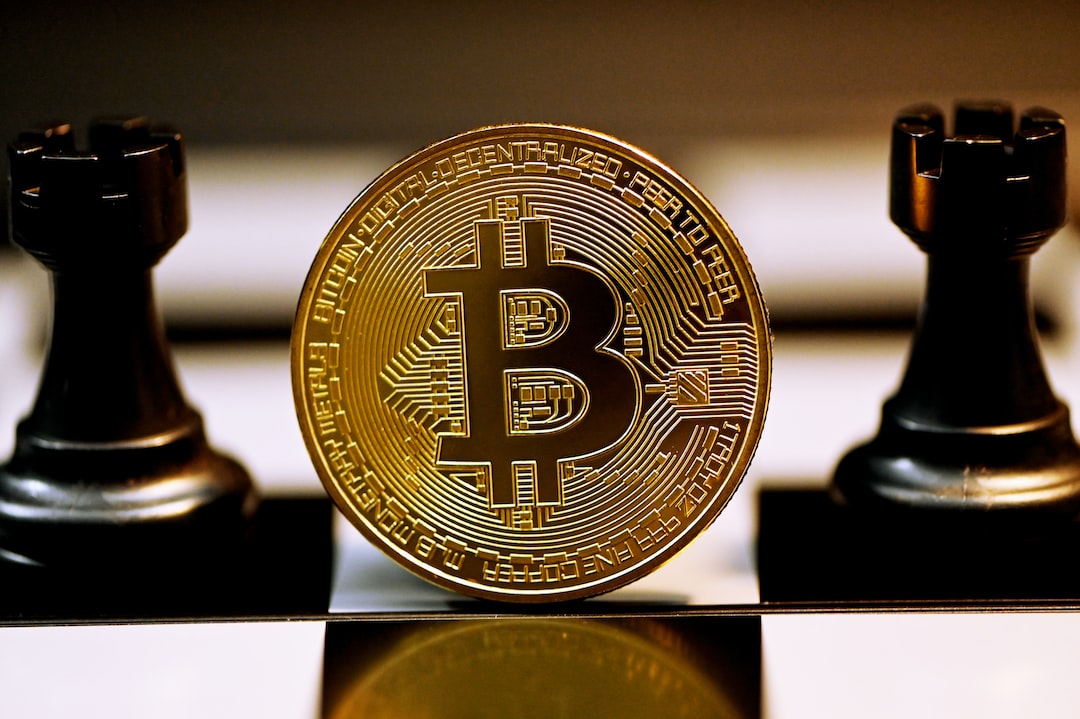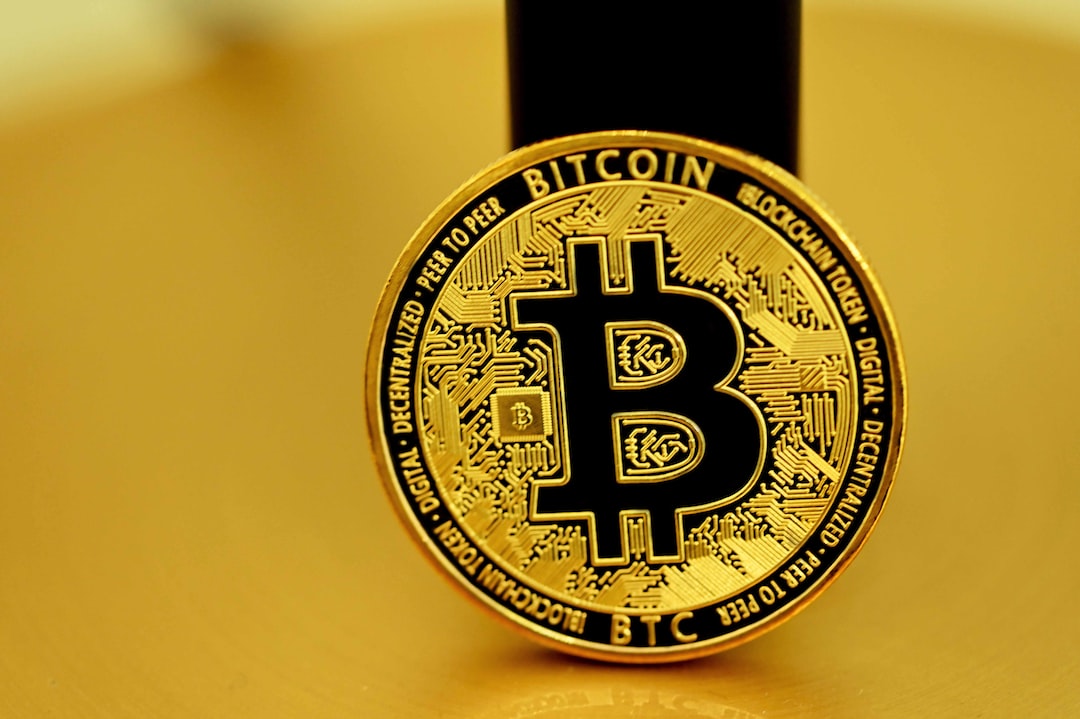The Connection Between Fiat Currencies and War
When Bitcoin was created by Satoshi Nakamoto, it was seen as a solution to the issues associated with fiat money. Throughout history, many fiat currencies have failed, and some argue that the fiat system was designed by governments to perpetuate corruption and fund wars. Fiat currency is government-issued money that is not backed by a tangible commodity like gold or silver. Its value comes from the trust and faith of the citizens.
The Early Instances of Fiat Currency Funding Wars
One of the earliest examples of fiat currency, the Yuan Dynasty’s “Jiaochao,” financed significant military campaigns. It funded ventures such as the Song Dynasty conquest and invasions of Japan, Southeast Asia, and Java. However, overproduction led to soaring inflation. The Ming Dynasty also reintroduced fiat currency but faced challenges like rampant inflation. Ming’s “Da Ming Baochao” paper currency primarily financed the Great East Asian War.
In Sweden, Stockholms Banco used its fiat money to fund wars like the Thirty Years’ War and eventually faced a banking crisis. In the United States, fiat money backed both the Revolutionary War and the Civil War, with Continental Currency crumbling and Greenbacks depreciating.
The Shift Away from Gold Standard and the Role of Fiat in Modern Events
The United States once adhered to the gold standard but shifted away from it during the Bretton Woods conference in 1971. Since then, the US has been involved in numerous conflicts. Many believe that Nixon’s decision to halt gold convertibility aimed to support the Vietnam War after doubts were raised about US gold reserves.
Fiat currencies have also been linked to events like the 2007-2008 mortgage crisis and the 2020 Covid-19 pandemic. Critics argue that modern fiat central planners exert control through money printing and interest rate adjustments. This has sparked calls for a separation between state and currency, similar to the separation of church and state.
The Manipulation of Fiat Currencies to Support War Efforts
Governments can manipulate fiat currencies to support the military-industrial complex. Central banks can print more money to directly fund defense projects, while low interest rates stimulate borrowing and military spending. Governments can also issue bonds through deficit spending to finance their military ambitions. Additionally, a strong currency achieved through foreign exchange reserves can make defense-related imports more affordable.
However, these strategies come with risks. Prolonged reliance on manipulation can lead to inflation and erode public purchasing power, potentially undermining confidence in the currency. Unchecked manipulation can ultimately jeopardize the overall economic health of a fiat currency.
Hot Take: The War-Driven Legacy of Fiat Currencies
Fiat currencies have a long history of being intertwined with war and malfeasance. From ancient Chinese dynasties to modern times, governments have used fiat money to fund military campaigns and support their geopolitical ambitions. The connection between fiat currencies and warfare raises questions about the role of government-backed money in perpetuating conflict and corruption.





 By
By
 By
By

 By
By
 By
By
 By
By